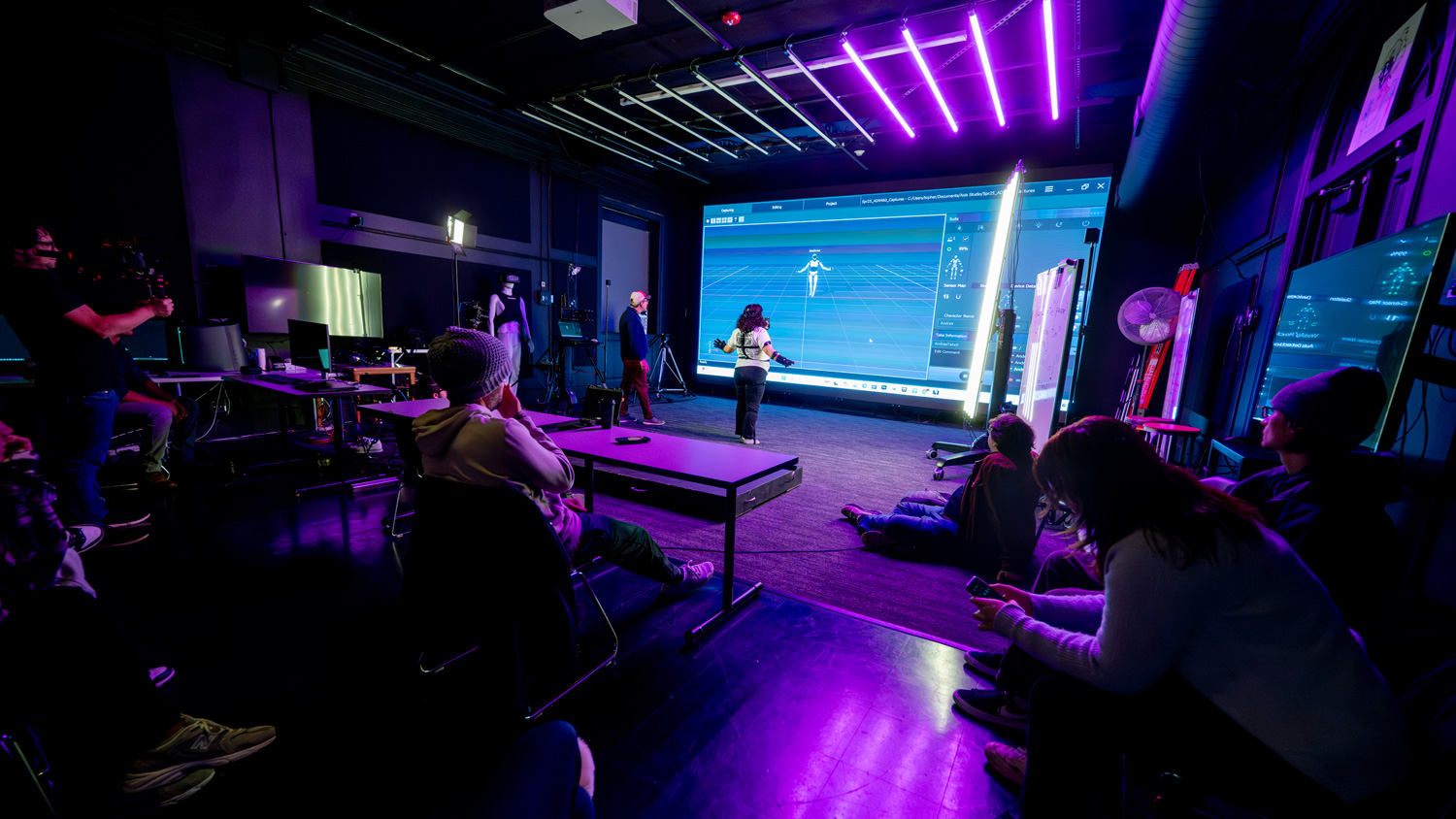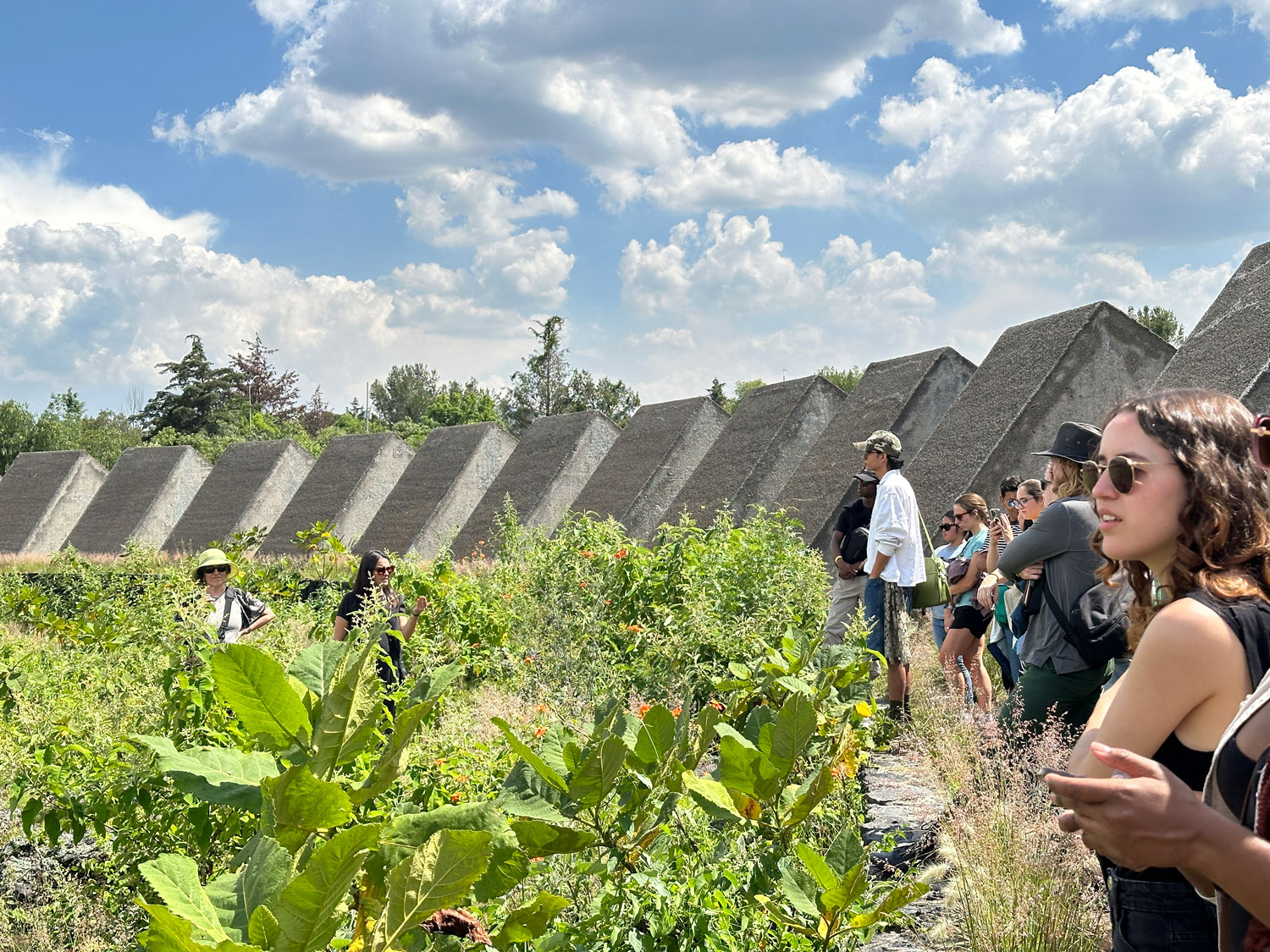Latinx Voices of Design: Melissa Manjarrez Dominguez
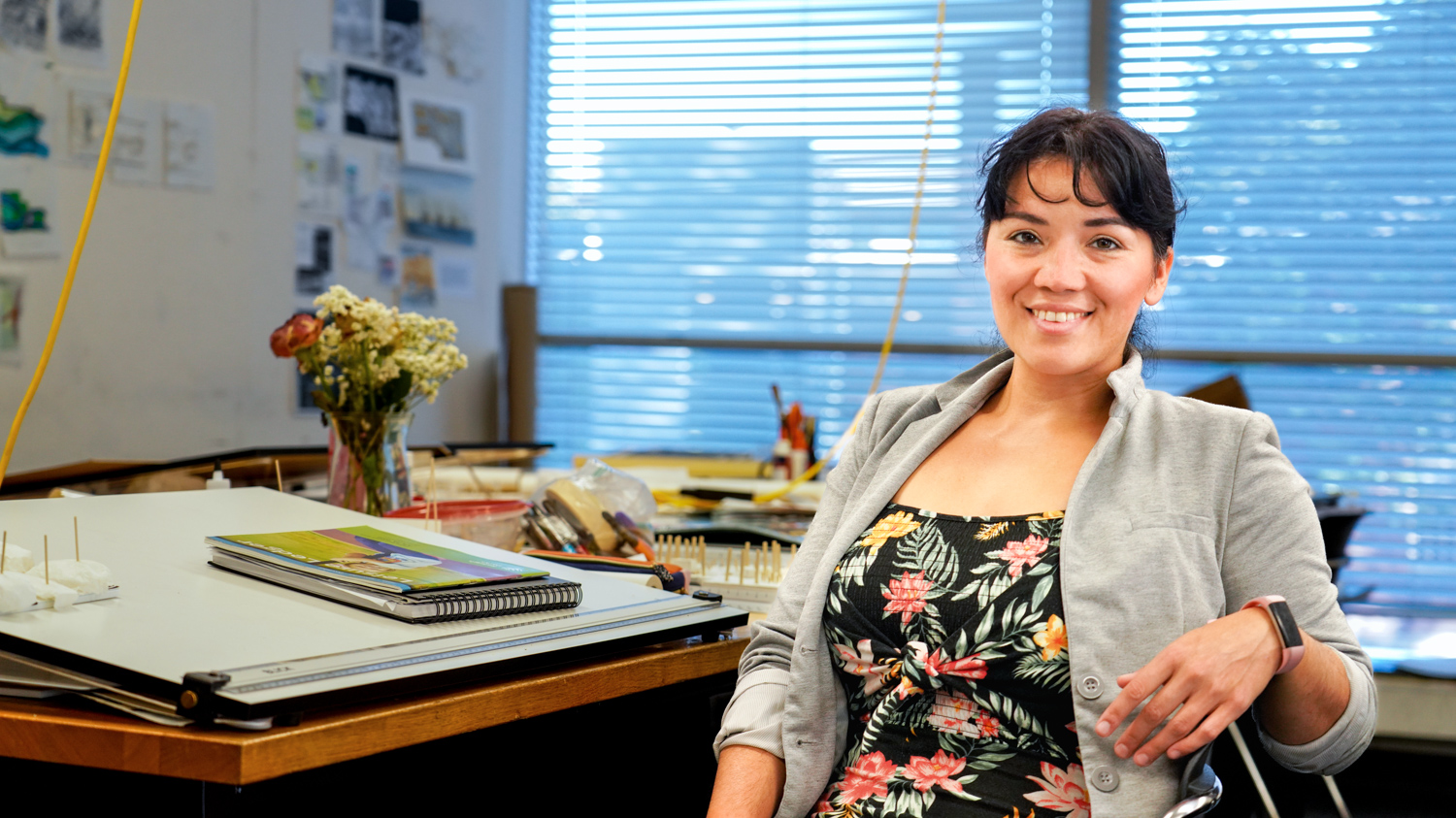
National Latinx Heritage Month is September 15 – October 15 and the College of Design is sharing stories from Latinx and Hispanic students and alumni.
Melissa Manjarrez Dominguez is a first-year graduate student in the college’s Landscape Architecture and Environmental Planning program. In her story, she recalls her youth in Sinaloa, Mexico, her experiences facing anti-immigration legislation in Alabama, and her desire to create landscapes that are enriching and available to everyone.
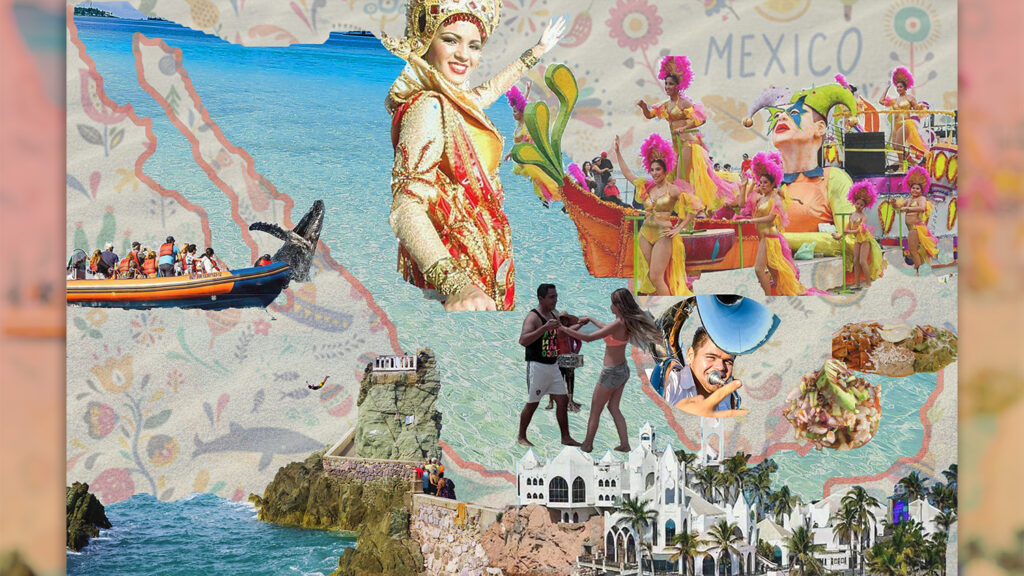
By Melissa Manjarrez Dominguez
I am from Sinaloa, Mexico. In the state of Sinaloa, we have this saying about our beaches: “Here, even the poorest feel like millionaires.”
I lived so close to the beach, that the beach became a very important landscape to me and my family. I grew up with economic difficulties and the beach was a refuge for all of us. It was a classroom, a restaurant and a gathering space – and it was free!
In the winter, huge blue whales would travel to the coast of California to reproduce, and you could take a small boat ride and see these magnificent animals jump up from the water. By creating memories of these beautiful animals and knowing that the blue whales are endangered species, it motivated us to always keep the beaches clean, and do our part to preserve their space. It was clear to me that we all share the ocean, and we all were responsible of taking care of it.
During carnival season, the beach brings thousands of people from all over the world to celebrate and bond with each other. The local musicians would come and play their music in the beach. It was almost impossible not to get up and dance in the sand. At night, there was a huge parade with people dressed in bright colorful customs honoring our ancestors.
When I was growing up in Sinaloa there was also a mafia war going on. Violence and gunshots were so common they became part of the town culture – a mafia culture.
A lot of my high school classmates did not make it to graduation – they either died from the violence or were sucked into the mafia. It was such a hopeless feeling, a feeling of no matter what I do I could not escape this environment. I was so determined to leave Sinaloa that I used education as a life jacket. I knew that education could open minds, walls and borders.
When I received the opportunity to come to the United States to study environmental design at Auburn University, I took it. Little did I know that a whole new world just opened for me.
I was so determined to leave Sinaloa that I used education as a life jacket. I knew that education could open minds, walls and borders.
At Auburn, I faced lots of challenges. An Alabama immigration law passed in 2011 that allowed police officers to stop anyone and ask for documents (green card, passport, birth certificate) to prove their immigration status. If you did not have your immigration documents with you, the police officer would call immigration and could deport you immediately.
Because of the immigration law, families left Alabama, and there was little to no enrollment of Hispanic students at Auburn University. The Hispanic students at the university all felt the tension and discomfort caused by this law.

I decided to reactivate the Auburn Latino Association of Students (ALAS) as president of the organization. There was a need to unite and inspire students to continue with their studies and pursue their careers. A need to receive comfort and energy to face challenges. A need to make this world a better place.
Once students in ALAS came together, I quickly realized that Hispanic students were not the only group of people struggling on campus. African American students, the LGBT community, other international students, and many more were also facing difficult challenges. Along with the other student leaders at Auburn, we were able to connect students, share experiences, make memories, become friends, and most importantly, not feel alone.
We are on this journey together, and together we are stronger.
After graduating from Auburn University, I worked as a CAD technician in engineering and architecture for five years. The firm I was working at was going through layoffs, and I found an opportunity as a seventh-grade pre-algebra teacher in a Tier 1 middle school, where most of the students lived on, or below, the federal poverty level. Without a doubt I took it.
These kids constantly faced violence, gangs, drugs and hunger, and I immediately connected with them. I understood their struggles. As a teacher, my primary goal every day was to make sure the students knew that I believed in them, especially the students that were rebellious and did not want to follow instructions. They were the ones that needed the most support, motivation and inspiration.
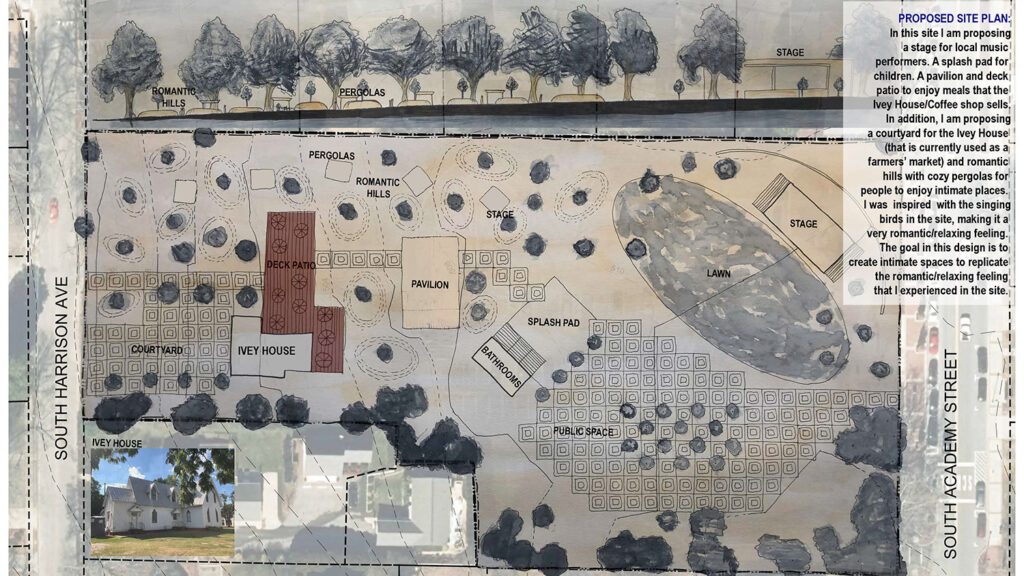
I was always looking for exciting ways to teach pre-algebra in order to motivate the kids to want to be in school. I used my past work experience in architecture, engineering and drafting in my classroom – helping the students build models and design what they would want in their communities, while still teaching them math in an exciting and meaningful way.
During this time as a teacher, I knew that I wanted to come back as a designer. But this time I wanted to be part of the design process and make sure that every design benefits the community. To me, the best way to do this is with education.
Without a doubt, going to NC State for the landscape architecture program was the best decision I could have ever made.
Here, we are being taught about the power of landscape architects, and how the spaces we design can impact how people interact with each other. I want to use this power of design to help communities devastated by poverty through parks, community centers and spaces for economic growth.
I hope to use my future in landscape architecture to serve the lives of people in these communities and in the process inspire others to do the same. I want to design landscapes that also give people the rich memories of adventure and excitement that I felt at the beaches of Sinaloa.
I want to make even the poorest feel like millionaires.
- Categories:

